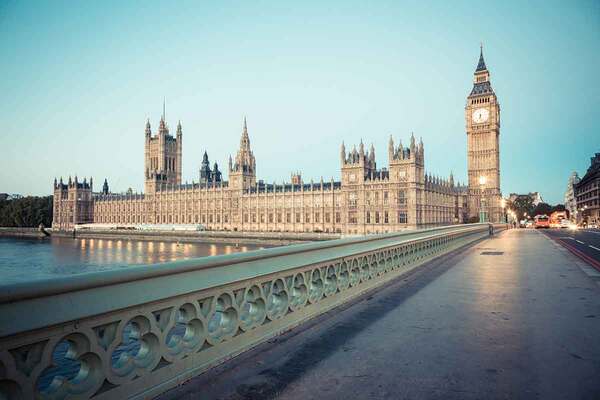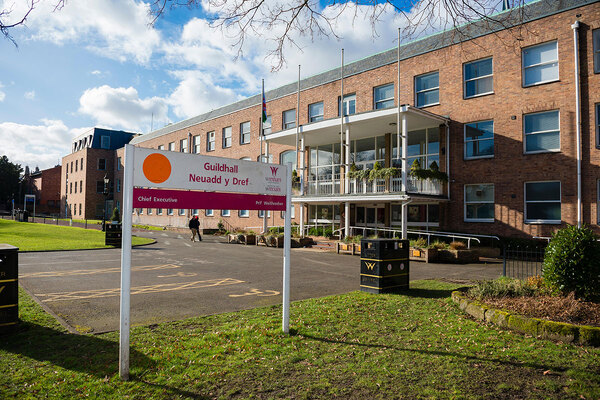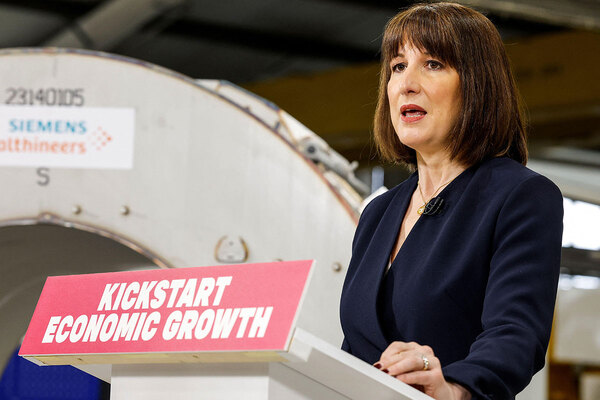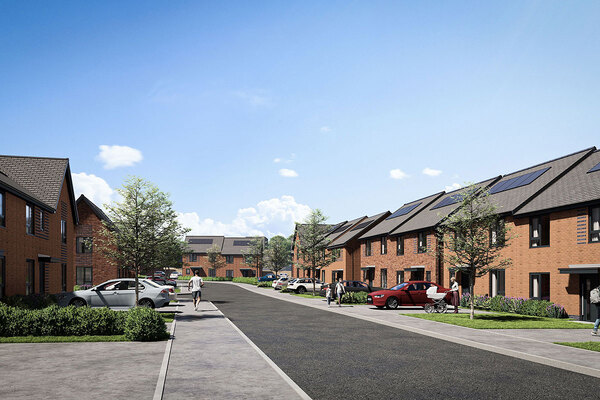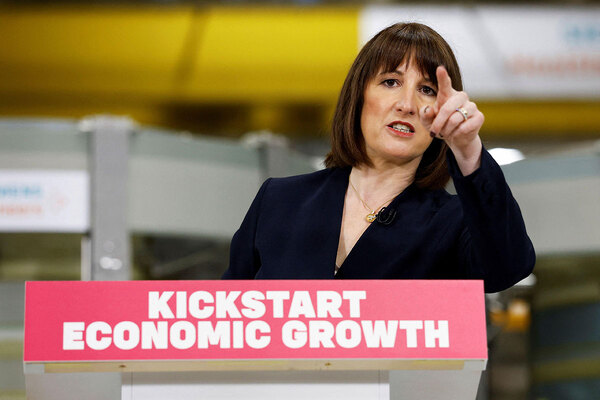You are viewing 1 of your 1 free articles
Infrastructure Levy to replace Section 106 to be phased in over 10 years, says DLUHC
A controversial new Infrastructure Levy to replace Section 106 will be introduced through a ‘test and learn’ system over a 10-year period, the government has said.
A 12-week consultation on the proposals has been launched today by the Department for Levelling Up, Housing and Communities (DLUHC).
The Infrastructure Levy is already part of the Levelling Up and Regeneration Bill, which is currently passing through parliament. It is set to replace Section 106 and the Community Infrastructure Levy as a way of ensuring affordable housing and infrastructure is delivered on residential schemes.
The new levy will be paid by developers to local authorities, with rates to be set by councils.
Under the wide-ranging plans published today, the amount developers have to pay will be calculated once a project is complete, instead of at the stage the site is given planning permission, DLUHC said.
Local authorities will also be given a new ‘right to require’, which will allow them to control how much of the levy is delivered through affordable housing on developments and the amount collected for local infrastructure.
DLUHC said the right to require will speed up the process and “stop developers from negotiating down their affordable housing contributions as they will have a legal obligation to meet the amount set by the council”.
However in the consultation, DLUHC said it recognised the plans are a “substantial change” for house builders, local authorities, registered providers of affordable housing and other parts of the sector.
As a result, it said the Infrastructure Levy will be introduced through a “phased ‘test and learn’ process over several years, which will support the effective implementation of the levy and provide local authorities and industry time to prepare and adapt to the change”.
It added: “Prior to national roll-out, the government will monitor, evaluate and improve the operation of the levy.”
Once the current consultation is completed, the government said it also expects to “consult further on proposed regulations” when the responses have been considered.
Plans for the levy have been criticised by the social housing sector over fears it will lead to fewer affordable homes being delivered.
However, the government has consistently said it expects the new levy to deliver “at least” as much affordable housing as Section 106. Last month amendments were also added to the Levelling Up and Regeneration Bill to ensure that 75% of the proposed new Infrastructure Levy is used to meet affordable housing needs.
In response to today’s consultation, Alistair Smyth, director of policy and research at the National Housing Federation (NHF), said: “We remain concerned that the new Infrastructure Levy risks significantly reducing the number of new affordable homes. To that end, we welcome the proposal to introduce a new ‘right to require’ and will explore its implications with our members in the coming weeks."
But he added: "Given that Section 106 delivers a huge proportion of new affordable homes – 47% last year – we want to ensure that levy receipts are spent on affordable housing and not, due to cost pressures, diverted to other unspecified forms of council spending."
The NHF is also concerned about the timing of the consultation as the Levelling up and Regeneration Bill is "already in the middle of its legislative process", Mr Smyth said.
The Chartered Institute of Housing (CIH) said it also remained concerned, but would study the new plans.
"In its current form, the Infrastructure Levy risks a significant reduction in the delivery of affordable housing and homes for social rent through the planning system. We will be examining the proposals set out in the consultation in detail and taking member views," said Rachael Williamson, the CIH’s head of policy and external affairs.
A separate document published today looking at the impact of the proposals said: “Some developers may rush to get applications in before the introduction of the new, unknown system; other developers may choose to expand their output once the rules are determined; still others may wait in the hope that the new system is itself subsequently modified.”
Housing secretary Michael Gove said today the plans were part of the government’s levelling-up efforts to allow communities to “take back control”.
“The infrastructure levy will do just that: giving local leaders the tools to bring forward more affordable housing and the transport links, schools and GP surgeries their communities need,” he added.
“It will also speed up delivery and put an end to lengthy negotiations with developers seeking to shirk their responsibility to provide for local people.”
Sign up for our development and finance newsletter
Already have an account? Click here to manage your newsletters


